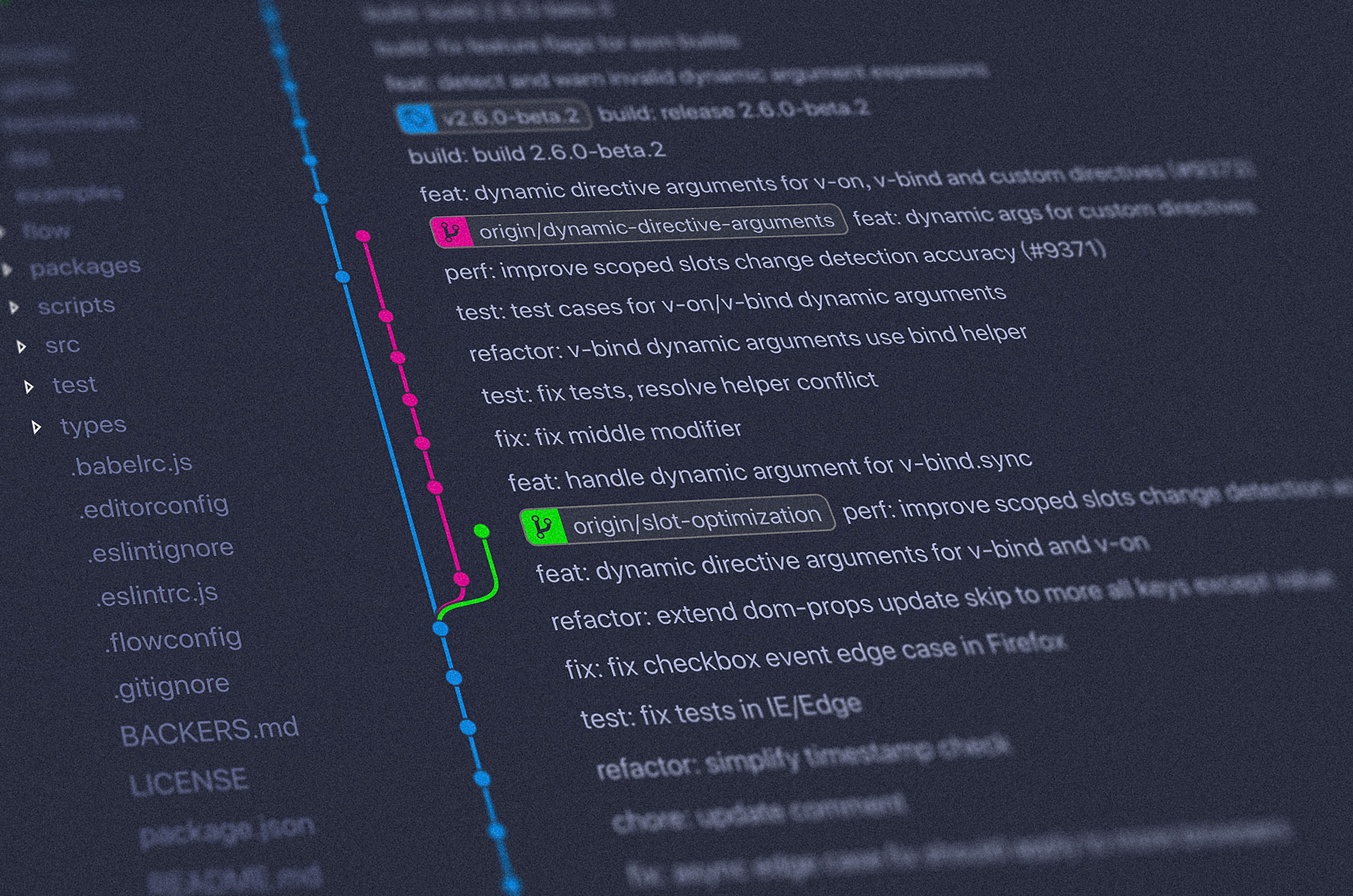Exceptions
Exceptions 是程式在 run-time 遇到的異常,比如與資料庫的連結斷開或遇到其他程式異想不到的 input。Exception handling 基本上就是當程式無法解決問題或者無法繼續執行時發出警告,或者更進一步根據情況處理 exception。
Exception handling 由 detecting, handling parts of a program 所組成
-
throw expressions
當 detecting part 表示遭遇無法處理的情況
-
try blocks
handling part 用來處理 exception。程式碼一開始會有一個 try block 隨後跟著一個或以上的 catch clauses。
-
exception classes
用來傳遞 information about what happened between a throw and an associated catch.
A throw Expression
通常會在 detecting part 發生 exception 時 throw Expression,這麼做原因是有時你不能保證你的程式一定是跟 User 互動的那一個,throw Expression 效果就比你回傳一個錯誤值好用得多。
// Normal version
int throwTest(int num1, int num2) {
if (num1 == num2) {
cout << "Same." << endl;
return 0;
} else {
cerr << "Not the same." << endl;
return -1;
}
}
// throw Expression
void throwTest(int num1, int num2) {
if (num1 != num2)
throw runtime_error("Not the same.");
cout << "Same." << endl;
}
The try Block
基於 C 風格的錯誤處理,在回傳值代表發生錯誤時予以處理。相比之下 throw 就相對靈活,但也會有終止程式的代價。try catch 的 block 就適合在此情況使用。讓程式有 exception handler。
try {
program-statements
} catch (exception-declaration) {
handler-statements
} catch (exception-declaration) {
handler-statements
} // . . .
Standard Exceptions
正如上面的 try block 示億程式碼所示,程式必須先宣告 exception 的種類才能近一步去做 handle,這裡紀錄 C++ standard library \ 裡的 exception table。
exception // The most general kind of problem.
// Runtime errors
runtime_error // Problem that can be detected at the run-time.
range_error // Result generated outside the range of value that are meaningful.
overflow_error // Computation that overflow.
underflow_error // Computation that underflow.
// Logic errors
logic_error // Error in the logic of the program.
domain_error // Argument for which no result exists.
invalid_argument // Inappropriate argument.
length_error // Attempt to create an object larger than the maximum size for that type.
out_of_range // Use a value outside the valid range.






